
Harold Clayton Lloyd Sr. was an American actor, comedian, and stunt performer who appeared in many silent comedy films.
American International Pictures LLC is an American film production company owned by Amazon MGM Studios. In its original operating period, AIP was an independent film production and distribution company known for producing and releasing films from 1955 until 1980, a year after its acquisition by Filmways in 1979.
3D films are motion pictures made to give an illusion of three-dimensional solidity, usually with the help of special glasses worn by viewers. They have existed in some form since 1915, but had been largely relegated to a niche in the motion picture industry because of the costly hardware and processes required to produce and display a 3D film, and the lack of a standardized format for all segments of the entertainment business. Nonetheless, 3D films were prominently featured in the 1950s in American cinema, and later experienced a worldwide resurgence in the 1980s and 1990s driven by IMAX high-end theaters and Disney-themed venues. 3D films became increasingly successful throughout the 2000s, peaking with the success of 3D presentations of Avatar in December 2009, after which 3D films again decreased in popularity. Certain directors have also taken more experimental approaches to 3D filmmaking, most notably celebrated auteur Jean-Luc Godard in his film Goodbye to Language.
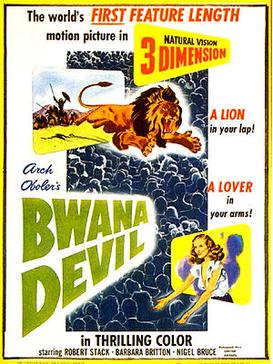
Bwana Devil is a 1952 American adventure B movie written, directed, and produced by Arch Oboler, and starring Robert Stack, Barbara Britton, and Nigel Bruce. Bwana Devil is based on the true story of the Tsavo maneaters and filmed with the Natural Vision 3D system. The film is notable for sparking the first 3D film craze in the motion picture industry, as well as for being the first feature-length 3D film in color and the first 3D sound feature in English.

Two of a Kind is a 1983 American romantic fantasy crime comedy-drama film directed by John Herzfeld and starring John Travolta and Olivia Newton-John. The film reunited Travolta and Newton-John who had appeared together in 1978's Grease. The original musical score was composed by Patrick Williams. Travolta plays a cash-strapped inventor while Newton-John plays the bank teller whom he attempts to rob. They must come to show compassion for one another in order to delay God's judgment upon the Earth. Despite being a critical failure, the film's soundtrack was a commercial success, yielding three hit singles for Newton-John and being certified Platinum.
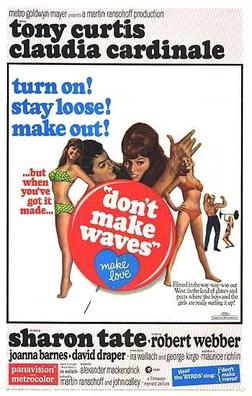
Don't Make Waves is a 1967 American sex comedy starring Tony Curtis, Claudia Cardinale, Dave Draper and Sharon Tate. Distributed by Metro-Goldwyn-Mayer, the film was directed by Alexander Mackendrick and is based on the 1959 novel Muscle Beach by Ira Wallach, who also co-wrote the screenplay.

Spacehunter: Adventures in the Forbidden Zone is a 1983 American-Canadian space Western film. The film stars Peter Strauss, Molly Ringwald, Ernie Hudson, Andrea Marcovicci and Michael Ironside. The film's executive producer was Ivan Reitman, and it was directed by Lamont Johnson. The film's music score was composed by Elmer Bernstein. When the film was originally released in theaters it was shown in a polarized, over/under 3-D format. The film became part of the 3-D film revival craze of the early 1980s, being widely released after Comin' at Ya! (1981). The film is about a bounty hunter who goes on a mission to rescue three women stranded on a brutal planet and meets a vagrant teenage girl along the way.
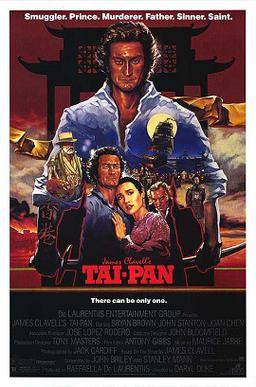
Tai-Pan is a 1986 adventure drama film directed by Daryl Duke, loosely based on James Clavell's 1966 novel of the same name. While many of the same characters and plot twists are maintained, a few smaller occurrences are left out. Filmed under communist Chinese censorship, some portions of Clavell's story were considered too offensive to be filmed as written and considerable changes were made.

Modern Problems is a 1981 American science fiction black comedy film written and directed by Ken Shapiro and starring Chevy Chase, Patti D'Arbanville, and Dabney Coleman. The film grossed $26.2 million on an $8 million budget in the United States. A DVD release of the film was issued in 2005.

Pirates is a 1986 adventure comedy film written by Gérard Brach, John Brownjohn, and Roman Polanski and directed by Polanski. It was inspired by Polanski's love of classic pirate films, as well as Disneyland's Pirates of the Caribbean attraction. Polanski began planning the film in 1976 as a follow-up to the iconic Chinatown, but production was delayed several times due to lack of funding and Polanski's fleeing the United States to avoid sentencing for his confessed rape of a minor.

Tony Anthony is an American actor, producer, screenwriter and director best known for his starring roles in Spaghetti Westerns, most of which were produced with the aid of his friends and associates Allen Klein and Saul Swimmer. These films consist of The Stranger series - A Stranger in Town (1967), The Stranger Returns (1967), The Silent Stranger (1968) and Get Mean (1975) - and the Zatoichi-inspired Blindman (1971). Anthony also wrote, produced and starred in Comin' at Ya! (1981) and Treasure of the Four Crowns (1983), the first film being largely credited with beginning the 1980s revival of 3D films in Hollywood.
Gene Quintano is an American screenwriter, actor, film producer and director. He is best known for writing sequels to the film Police Academy and directing the western Dollar for the Dead and action parody Loaded Weapon 1, both starring Emilio Estevez.
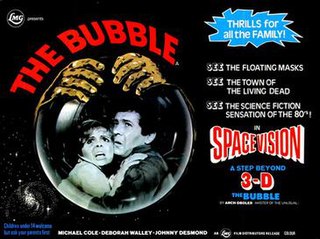
The Bubble is a 1966 American 3-D science fiction film in color, later re-released under the title Fantastic Invasion of Planet Earth. It was written and directed by Arch Oboler and starred Michael Cole and Deborah Walley.
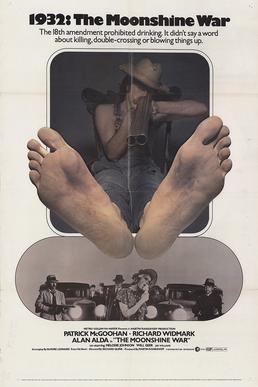
The Moonshine War is a 1970 American crime comedy-drama film directed by Richard Quine, based on the 1969 novel of the same name by Elmore Leonard. It stars Patrick McGoohan, Richard Widmark, Alan Alda, and Will Geer.

Treasure of the Four Crowns is a 1983 action adventure film directed by Ferdinando Baldi and starring Tony Anthony, Ana Obregón, Gene Quintano, and Francisco Rabal. Anthony and Quintano also served as producers and screenwriters. The musical score was composed by Ennio Morricone.
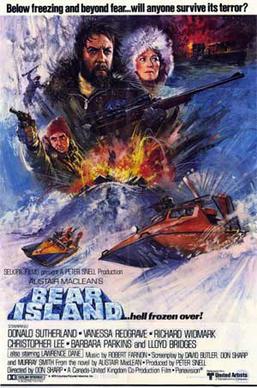
Bear Island is a 1979 thriller film loosely based on the 1971 novel Bear Island by Alistair MacLean. It was directed by Don Sharp and starred Donald Sutherland, Vanessa Redgrave, Richard Widmark, Christopher Lee and Lloyd Bridges.
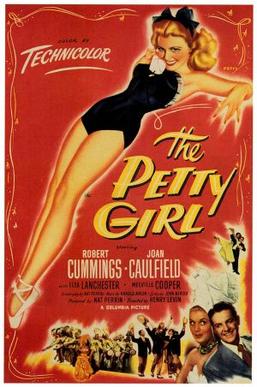
The Petty Girl (1950), known in the UK as Girl of the Year, is a musical romantic comedy Technicolor film starring Robert Cummings and Joan Caulfield. Cummings portrays painter George Petty who falls for Victoria Braymore (Caulfield), the youngest professor at Braymore College who eventually becomes "The Petty Girl".

Justin Bieber: Never Say Never is a 2011 American 3-D concert film centering on Canadian singer Justin Bieber. It received generally positive reviews from critics. It was released in the United States on February 11, 2011 and grossed $99 million worldwide, against a $13 million production budget. A sequel was released on December 25, 2013, entitled Justin Bieber's Believe.

Players is a 1979 American romance drama film directed by Anthony Harvey and starring Ali MacGraw and Dean Paul Martin about a young tennis player who has an affair with an older woman.
Melvin Simon Productions was a short-lived film production company of the 1970s and 1980s. It was founded by real estate magnate Melvin Simon.















